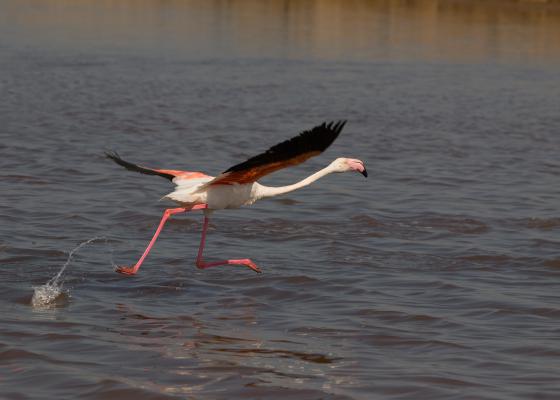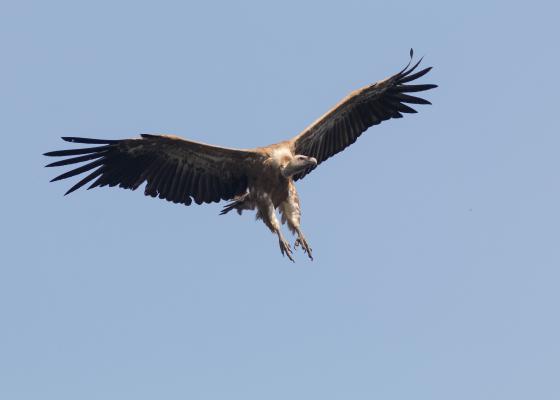- +34 650 461 041 | +34 638 890 216
- info@birdingtarifa.es
Sierra de La Plata and Bolonia

Situated very close to Tarifa, on the northern edge of El Estrecho Natural Park, this region offers some of the most beautiful and varied scenery in the Strait. The transition from unspoiled beaches to sand dunes, pine and oak forests, and mountain cliffs overlooking the African coast, creates a unique landscape. The cliffs host a large griffonry, and species such as endangered Egyptian Vultures and Blue Rock Thrushes. Woodpeckers are amongst the most remarkable inhabitants of this forest. In fact this is perfect habitat for the Iberian Green Woodpecker (Picus sharpei), which has recently been recognised as an Iberian endemism, and whose distinctive call will surely draw the attention of the observer. The dune edges are especially rich in botanical terms and support remarkable communities of Maritime Junipers, parasite Broomrapes and dense Brooms, where cryptic African Chameleons are likely to be found. In the late summer enormous kettles of White Storks cast their shadows on the beach. Periods of easterly winds (Levante) in spring reveal hundreds of Black Kites, Booted and Short-toed Eagles and Honey Buzzards as they reach Europe over Bolonia, immediately after their journey across the Strait from their wintering quarters in Africa. Not far away, in the scrubland areas, Black-eared Wheatears, Woodchat Shrikes, Melodious Warblers and the very scarce Rufous-tailed Scrub Robins occur.
Sierra de la Plata has long been a popular destination for European birders searching for Little and White-rumped Swifts, both of which formerly bred in the famous “Cueva del Moro”.
Situated right next to the beach, the well-preserved Roman city of Baelo Claudia, built in 1BC is well worth visiting. A tour through the columns, aqueducts and the amphitheatre, all still surrounded by a natural landscape, is really awe-inspiring. Sardinian Warblers are present in every corner and Ocellated Lizards come out of their burrows in the ancient walls to bask in the sunshine.
Target Birds
Best time of the year
Time
CONTACT
- Phone: +34 650 461 041 +34 638 890 216
- Email: info@birdingtarifa.es
Refresh the Blog
-
27 Sep 2019
-
31 May 2019














